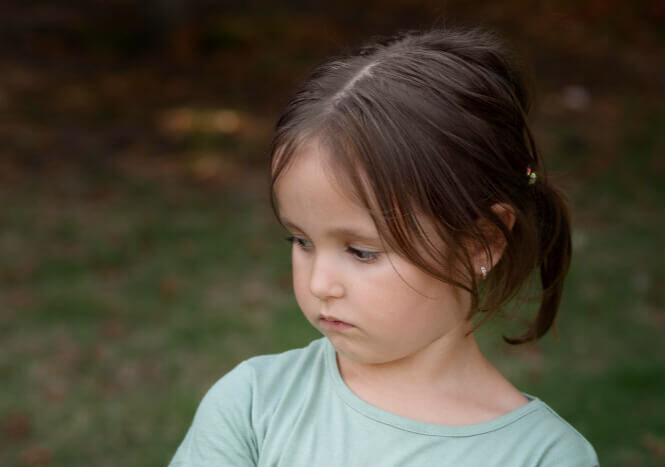After months of thinking about collective punishment, I was drawn to memories of my own painful experiences in gym in highschool. I reflected on the experience of our PE teacher hitting boys in the head with volleyball balls when they misbehaved.
Also, I thought of the time my child was struck with a badminton racket by another student when insufficient support was in place. When I arrived to the school and she was nodding in and out of consciousness, and I took her immediately to urgent care, and she was transported in an ambulance to the hospital.
Gym has been the site of so much trauma for so many. It’s a place where humiliation has played a constant role in policing and assimilating children.
Embodiment, justice, and the radical lesson of joyful movement
There is a way to teach children to live inside their bodies with pride, curiosity, and a kind of shimmering delight. There is a way to teach them that movement can be love made visible, that fatigue can feel like triumph, and that exertion shared with others can be a form of glee. This is the opposite of what I learned.
What I learned in gym class was how to disappear. I learned to brace. I learned that the body was a liability, that slowness was a weakness, that humiliation was normal, and that the boys who were hit in the head with volleyballs might become men who hit back. I learned that running laps was a punishment, that your body was your fault, and that girls like me should just try to get through it without drawing attention.
But it does not have to be that way.
PE as pedagogy of compliance
Gym class is often where children first learn to dissociate. The teacher blows the whistle and the lesson begins: follow instructions, stay in bounds, silence your instincts, obey the rhythm. A child who needs to pause, to stim, to ask a question or do it differently is marked as disobedient or disruptive. The purpose is movement, but the message is control.
This is how collective punishment thrives. One child speaks out of turn, and the whole class is made to do push-ups. One boy forgets his gym strip, and twenty boys run laps while shouting blame. Bodies become both weapon and punishment; the lesson is that someone else’s suffering can be yours if you aren’t careful.
These are not lessons in physical literacy. These are lessons in compliance, shame, and sanctioned cruelty.
Gender and the performance of effort
Girls are told in subtle and unsubtle ways that their effort does not count unless it is invisible. A girl who breathes hard is a girl who is failing. A girl who tries and fails is embarrassing. A girl who doesn’t try at all is labelled mature.
I remember being told I’d never be athletic. I later went on to run 40k/week and found it a exultant joy. I remember watching girls walk instead of run, to be cool. Trying meant risking being watched. Trying meant someone might laugh. For disabled girls, fat girls, or anyone who wasn’t a talented athelete—there was no right way to move. Every motion was read as either too much or too little.
What would it mean to teach children that effort is beautiful? That breathlessness is strength? That movement is allowed to be messy, expressive, and joyful?
The moral lesson of movement
Every classroom teaches an implicit moral order. PE teaches it through the body. Who gets to be loud? Who gets to lead the game? Who is told their body takes up too much space? Who learns to shrink?
When PE becomes a site of discipline rather than discovery, children with divergent needs are framed as burdens. Neurodivergent kids are sent to the office for melting down during dodgeball. Disabled children are told to sit out, or shadow another student, or “help keep score.”
Meanwhile, able-bodied athleticism is praised as character. Fast is good. Flexible is good. Stillness is rewarded. Emotional regulation is measured in silence and obedience.
The real curriculum is this: you belong if you make it easy for us to teach you.
Resistance through joy
But joy resists. And joy can be taught.
It is possible to design gym classes where the goal is connection, while music plays, and children run. Where a child can be a cat stretching in the sun while another tries to fly. Where the weird kid is the trendsetter and games are invented, rules are co-authored, and silliness is sacred.
This is how we teach embodiment: not through correction, but through invitation.
We teach children that the way they move matters. That when they feel strong, they are strong. That when they feel tired, they are allowed to rest. That exhaustion is not failure but fullness.
We teach them that their body is a source of wisdom, not shame.
A curriculum of care
If we want to save the lives of vulnerable children, we must begin by empowering their bodies. In its best form, PE can be a place where a child first falls in love with their own pulse. Let that be the lesson. Let that be the goal.
-
“For your own good”: How schools punish children through food, control, and bodily discipline
Through curriculum, posters, reward systems, and lunchroom rules, schools encode a silent but relentless message: that certain bodies are dangerous, excessive, or deviant. Fat children are positioned as futures to be prevented. Neurodivergent children whose eating diverges from the norm are framed as problems to be solved. The desk that squeezes, the poster that moralises, […]
-
What are we teaching them in gym?
After months of thinking about collective punishment, I was drawn to memories of my own painful experiences in gym in highschool. I reflected on the experience of our PE teacher hitting boys in the head with volleyball balls when they misbehaved. Also, I thought of the time my child was struck with a badminton racket […]








